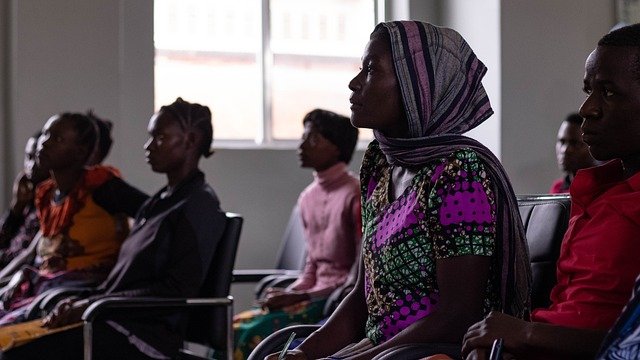Mental Health Trends and Community Support Systems
Mental health trends are shaped by social, economic, and environmental forces. Understanding how communities respond—through services, networks, and policy—helps reveal which support systems are most effective across different populations and settings.

Mental health trends are increasingly influenced by broader social shifts: changing demographics, migration flows, economic inequality, and cultural transformations all interact to shape population wellbeing. Community support systems—from informal peer networks to formal civic and healthcare services—play a central role in prevention, early intervention, and recovery. Examining these dynamics across urban and rural settings highlights how access, inclusion, and local governance determine whether individuals receive timely and culturally appropriate care.
How does community influence mental health?
Communities act as both protective and risk environments. Social cohesion, civic participation, and local cultural norms can reduce isolation and stigma, encouraging people to seek help. Conversely, communities facing social fragmentation or high adversity can amplify stressors. Local initiatives such as neighborhood peer support groups, school-based programs, and faith-based outreach often bridge gaps left by formal services. Effective community responses typically combine grassroots engagement with partnerships across education, employment, and healthcare sectors to create accessible entry points for support.
What role do demographics and migration play?
Ageing populations, youth bulges, and migration trends shape mental health needs and service demand. Migration can introduce stressors related to acculturation, family separation, and precarious employment, while also bringing diverse cultural resources and resilience. Demographic shifts influence service planning: areas with growing older populations may need more supports for cognitive decline and social isolation, whereas younger populations may need preventive programs focused on education, employment preparedness, and early detection of mood disorders.
How do inequality and inclusion affect outcomes?
Economic inequality and social exclusion are strong determinants of mental health. Inequities in housing, education, and employment increase exposure to chronic stress and limit access to care. Inclusion efforts—such as culturally competent services, anti-discrimination policies, and targeted education programs—can reduce barriers. Civic approaches that prioritize participation of marginalized groups in planning and governance help ensure services reflect diverse needs, improving both uptake and effectiveness of mental health interventions.
How does urbanization and climate intersect with mental health?
Rapid urbanization concentrates both resources and risks. Cities can provide greater healthcare capacity, employment, and social opportunities, but also higher rates of stress, pollution, and social isolation. Climate change and related events—floods, heatwaves, and displacement—add trauma and disruption, disproportionately affecting vulnerable communities. Community-level resilience strategies, such as green spaces, emergency preparedness, and neighborhood networks, mitigate some effects by strengthening social support and adaptive capacity.
What is the role of healthcare, aging, and employment?
Integrated healthcare systems that connect mental health with primary care, education, and social services improve detection and continuity of care. Aging populations require models that combine mental healthcare with geriatric and social supports to address loneliness and comorbidity. Employment conditions shape daily structure and identity; job insecurity and precarious work raise risk for anxiety and depression. Workplace mental health initiatives, vocational training, and policies promoting decent work are part of a comprehensive community response.
How can digital tools and mobility shape support?
Digital platforms expand access to information, teletherapy, and peer networks, especially where physical services are scarce. Mobility—both geographic and social—affects continuity of care: transient populations may face interruptions in services and support. While digital tools offer scalable options, they must be designed for accessibility, privacy, and cultural relevance. Combining online resources with local outreach and education helps ensure digital interventions complement rather than replace community-based support.
Communities are at the center of mental health trends, mediating how broader forces like demographics, inequality, urbanization, and climate translate into lived outcomes. Strengthening inclusion, integrating services across sectors, and investing in both digital and place-based supports can enhance resilience. Policymakers and practitioners benefit from listening to local voices, prioritizing equity, and adapting strategies to the demographic and cultural realities of each community.





